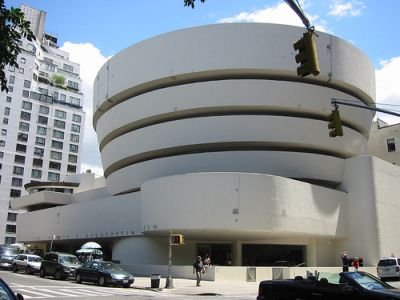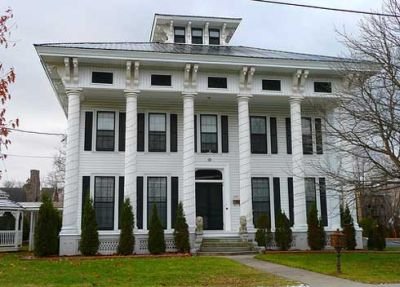Industrial Revolution had a great impact on the field of Architecture. Technological innovations brought about a great deal of change in the work of an Architect. This was the period of “expansion of creativity” and brought about various Architectural Transformations.
The three major divisions of the Architectural Transformations are as follows:
- Cultural Transfromations
- Technical Transformations
- Territorial Transformations
Cultural Transformations
The architecture of Neo-classicism seems to have emerged out of two different but related developments which radically transformed the relationship between man and nature.

There was a sudden change and increase in man’s capacity to have control over nature, which by 17th century had begun to advance beyond the technical frontiers of Renaissance. There was change in the nature of human consciousness, in response to major changes taking place in the society. It gave birth to the cultural transformation taking place in the society.


